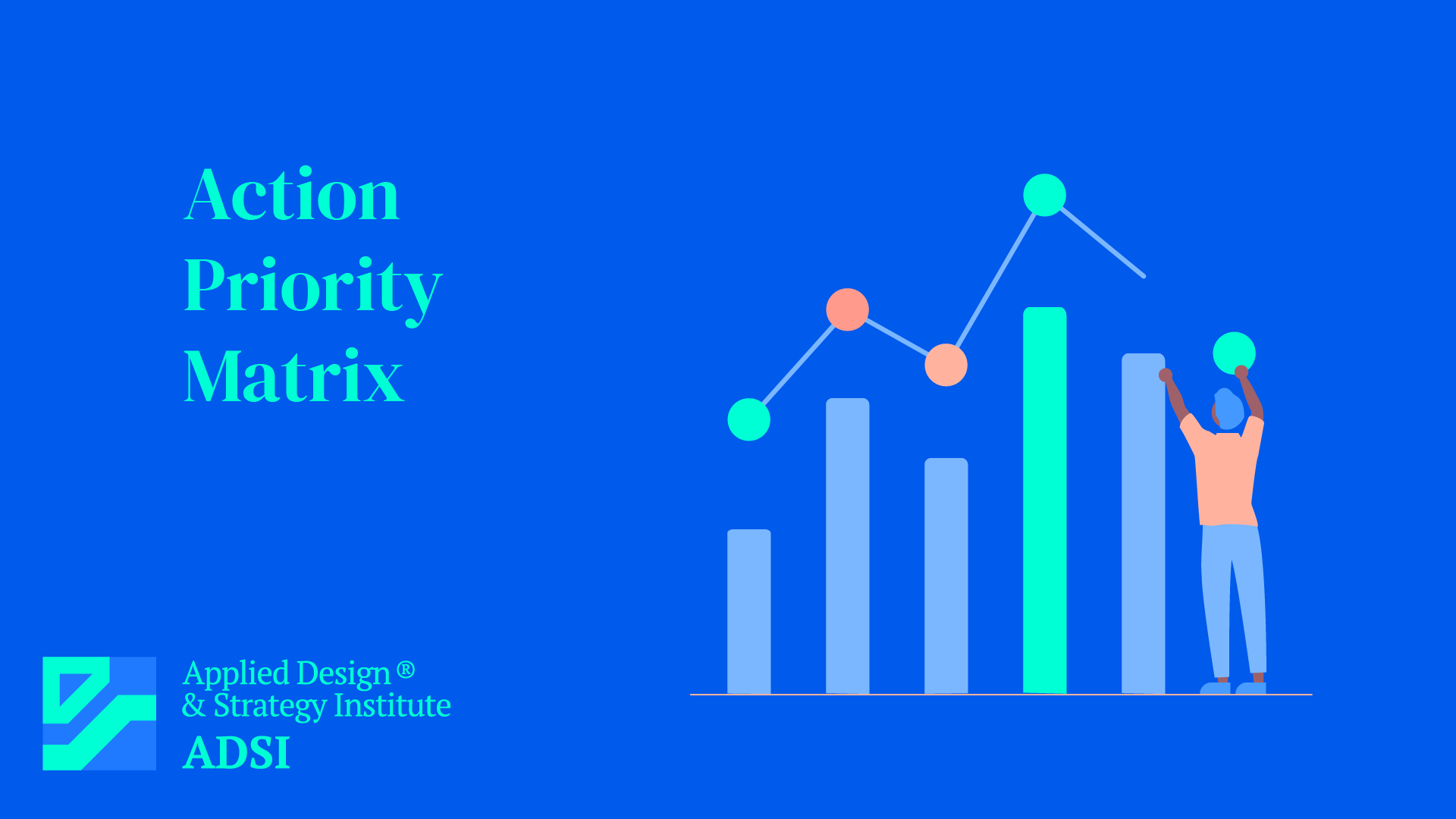The Action Priority Matrix
The Action Priority Matrix is an effective tool for prioritizing tasks and managing time more efficiently. It helps individuals and teams to focus on the most important and impactful activities while minimizing time spent on less valuable tasks. This matrix categorizes tasks based on two criteria: the level of effort required and the potential impact of the task.
The Four Quadrants of the Action Priority Matrix
- Quick Wins: These are tasks that require low effort but have a high impact. They are the most attractive projects because they provide significant returns for relatively little investment.
- Major Projects: These tasks are characterized by high effort and high impact. They are important to your goals but will take more time and resources to complete.
- Fill-Ins: Low effort and low impact tasks fall into this category. They are not urgent and can be useful when one has spare time.
- Thankless Tasks: These are high effort but low impact tasks. These are generally the least favorable tasks and should be minimized or eliminated.
Importance of the Model
The Action Priority Matrix is crucial for effective time management and productivity enhancement. It assists in identifying which tasks will give the best returns on your time and effort, helping you to prioritize effectively and work more strategically.
Practical Application
The matrix can be used in various contexts, from personal time management to project management in professional settings. For instance, in a business setting, it can help managers identify which projects will contribute most significantly to strategic objectives with the least resource expenditure.
Conclusion
The Action Priority Matrix is a simple yet powerful tool for prioritizing tasks and managing time efficiently. By categorizing tasks into these four quadrants, individuals and teams can make informed decisions about where to focus their efforts for maximum impact.



Leave a Reply